|
Quick episode/post this week giving you some suggestions that will help you save money on your cabinetry. The things I’ll mention won’t give you the most durable, beautiful or practical cabinetry, but if you’re willing to sacrifice some beauty and convenience, you can save quite a bit of money. Keep in mind, you don’t have to use all the suggestions to save. Incorporating even one or two of these design features can save you hundreds to thousands of dollars. 1. Choose simple profiles. Ornate and raised panel styles usually cost more. The fewer details you choose, the less you’ll pay. So slab, flat-front cabinets are typically the most inexpensive door style. Shaker-style cabinets are typically a little more expensive than slab cabinets, but less expensive than most other styles. Now that may vary from manufacturer to manufacturer, so always compare style prices. Forgo corbels, decorative legs, matching end panels, glass door fronts, and crown molding, all of which add to your cabinet price. 2. Choose partial overlay cabinets instead of full overlay or inset cabinet doors and drawers. Full overlay doors and drawers typically cover the entire front surface of the cabinet box, so when you look at the cabinets, all you see are the doors and drawers, not the box frame behind the doors and drawers. Inset doors and drawers are flush with the cabinet box frame. Inset cabinetry doors and drawers fit inside the cabinet face frame openings so you get a full view of the cabinet frame around doors and drawers. Full overlay and inset doors and drawers are more expensive than standard partial overlay doors and drawers. Partial overlay doors and drawers where you can partially see the cabinet box behind the doors and drawers. 3. Choose stock, ready to assemble, or semi custom cabinets over typically more expensive custom options. But be careful before choosing between semi custom and custom cabinets. Sometimes the price difference between semi custom and custom cabinets can be minimal and occasionally, a custom cabinet maker can make custom cabinets for less than semi custom companies can. Almost always stock and ready to assemble cabinets will be the most budget friendly options on the market. 4. Choose stained cabinets over painted cabinets. Standard stained cabinets are typically about 15% less expensive than painted cabinets. That is a general rule and will obviously depend on the species of wood you choose. Speaking of wood species… 5. Choose an affordable wood species. If you choose the right wood, you’ll save hundreds to thousands of dollars. Oak and birch are typically very affordable. Hickory, cherry, maple and walnut are usually more expensive. Since different wood species are more affordable in different regions, if you’re getting your cabinets made locally, it’s important to ask your cabinet maker about the most affordable wood species in your area. 6. Replace some cabinets with open shelves. You know from last week’s episode about Designing an Easy-to-Clean Kitchen that open shelves are higher maintenance than cabinets, but open shelves are almost always way more affordable than cabinets. You’ll just want to avoid expensive shelve materials such as natural stone, quartz and exotic wood species. 7. Consider thermofoil, laminate, melamine cabinets. All-plywood construction is the gold standard, but if your budget is really tight, you can consider thermofoil, laminate or melamine cabinets. All of those are budget-friendly options. Thermofoil is a type of plastic finish typically applied with heat to medium-density fiberboard/MDF. Laminate is made of plastic resin and paper and is often applied over particleboard. Finally, melamine is plastic-based product that’s also applied over particleboard. Melamine is minimally durable. None of these options are as moisture resistant or durable as plywood cabinets, but they are economical. Even if you do decide to go with thermofoil, laminate or melamine cabinets, you should strongly consider upgrading to all-plywood construction for your sink base for extra protection against moisture. 8. Omit soft-close and full-extension upgrades. Although soft-close cabinet doors and drawers and full-extension drawers are fairly commonly requested upgrades, they aren’t needed. You don’t have to have those options to have fully functioning cabinetry. 9. Avoid specialty cabinets and pull outs. Like soft-close and full-extension upgrades, specialty cabinets and pullouts such as trash bin cabinets, corner turntables, and sliding shelves will increase your cabinetry bill. Yes, these upgrades are convenient, but they aren’t necessary. 10. Don’t add a glaze to your paint or stain. A glaze is another upgrade that adds to the cost of cabinets. And the good news is that most cabinet/kitchen designers say glazes are not on trend today like they were a decade ago. 11. Choose doors, not drawers. You know one of my favorite design tips is to get rid of lower cabinet doors in favor of using only drawers in lower kitchen cabinetry and bathroom vanities. That’s so you don’t have to get on the floor to access the back of those lower cabinets. And although lower drawers can be fully opened so you can see everything easily, this option is way more expensive. Choose fewer drawers in your design and you’ll save significantly. Well, that’s if for this week. Consider these cost saving options carefully since upgrading cabinets at a later date can be difficult to do. Because of that, Cabinets may be something you want to splurge on if you have the funds. But if you just don’t have the budget, hopefully these tips will help you. Please remember that the purpose of this podcast is simply to educate and inform. It is not a substitute for professional advice. The information that you hear is based the only on the opinions, research and experiences of my guests and myself. That information might be incomplete and it’s subject to change, so it may not apply to your project. In addition, building codes and requirements vary from region to region, so always consult a professional about specific recommendations for your home.
0 Comments
Your comment will be posted after it is approved.
Leave a Reply. |
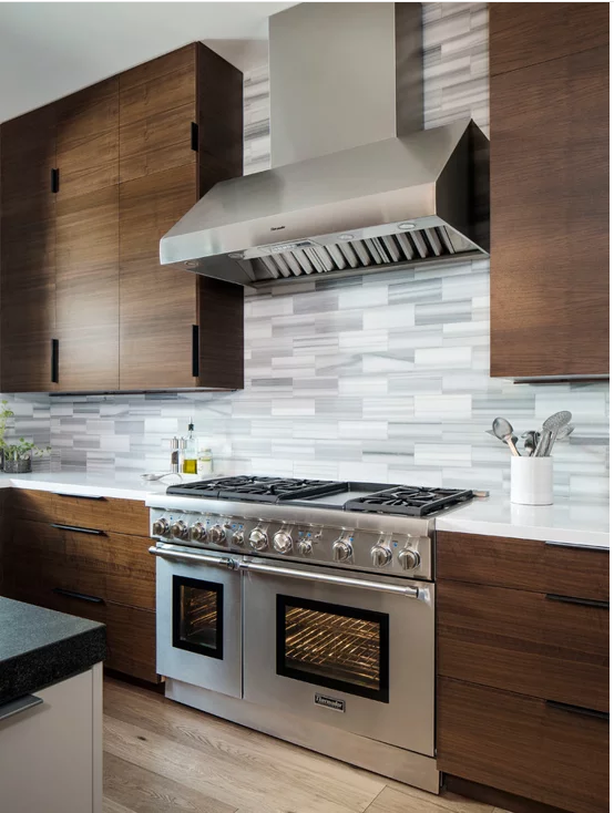
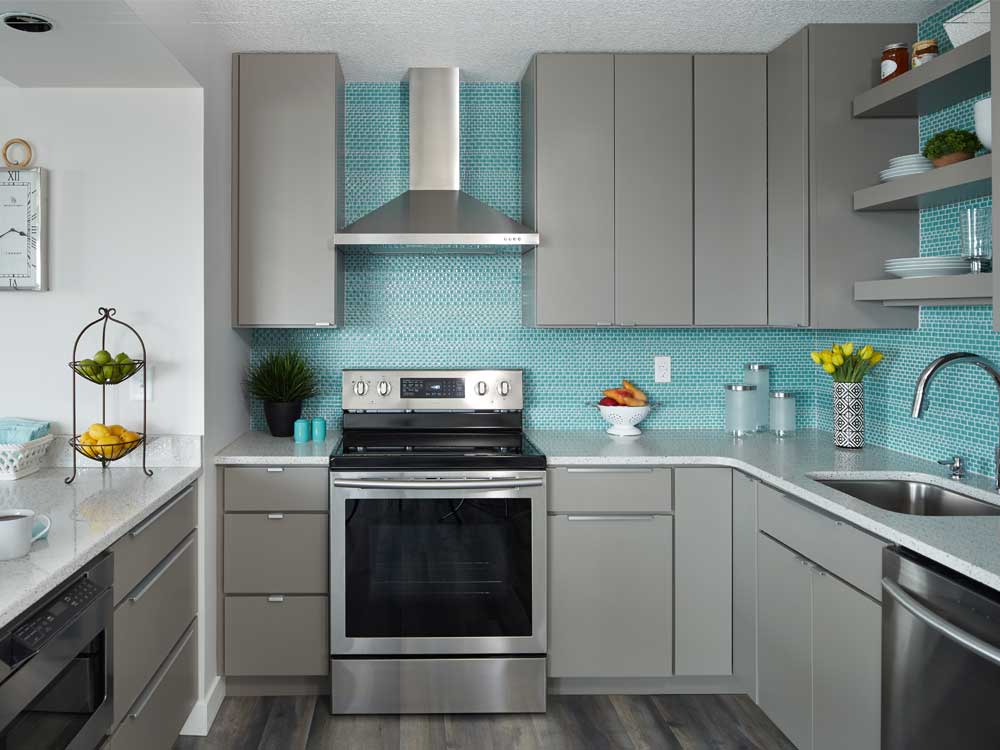
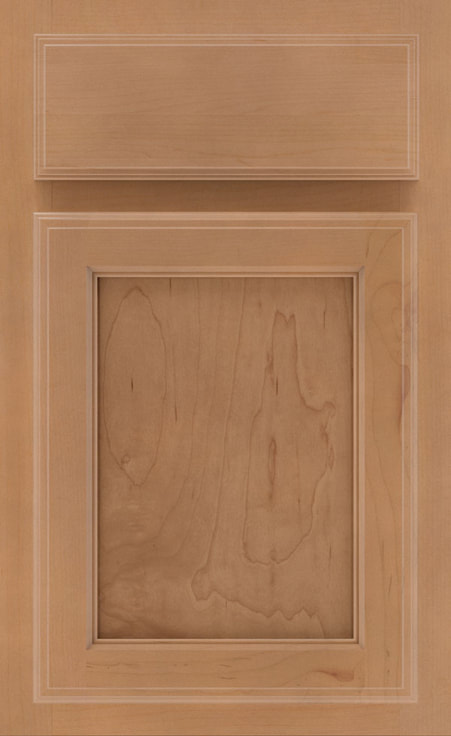
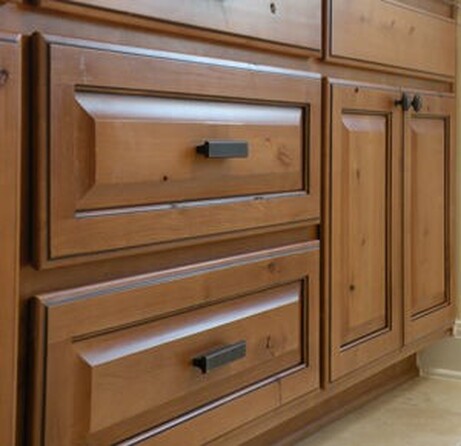
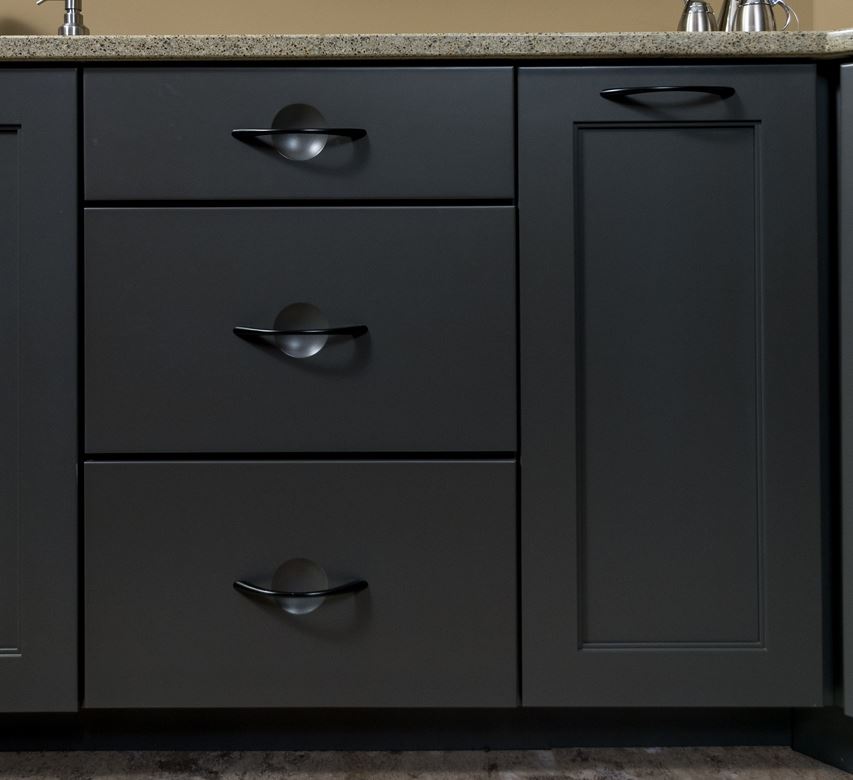
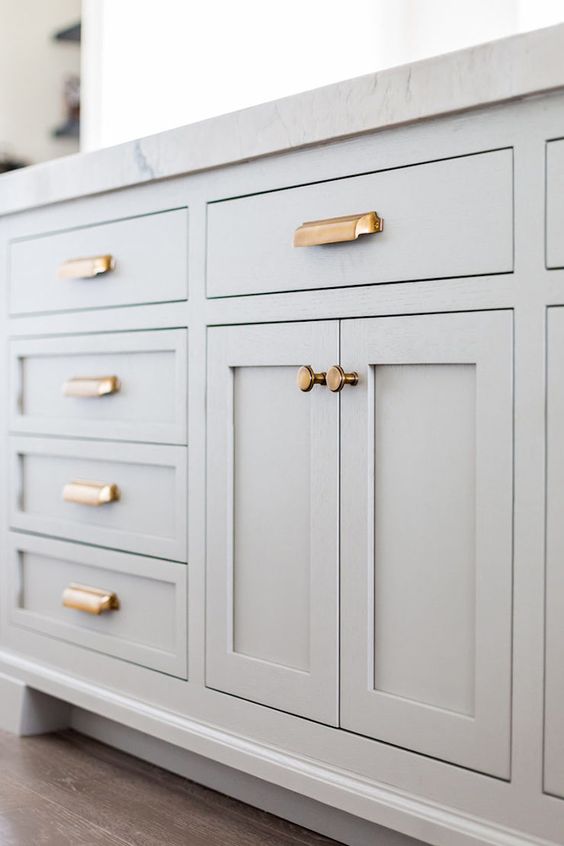
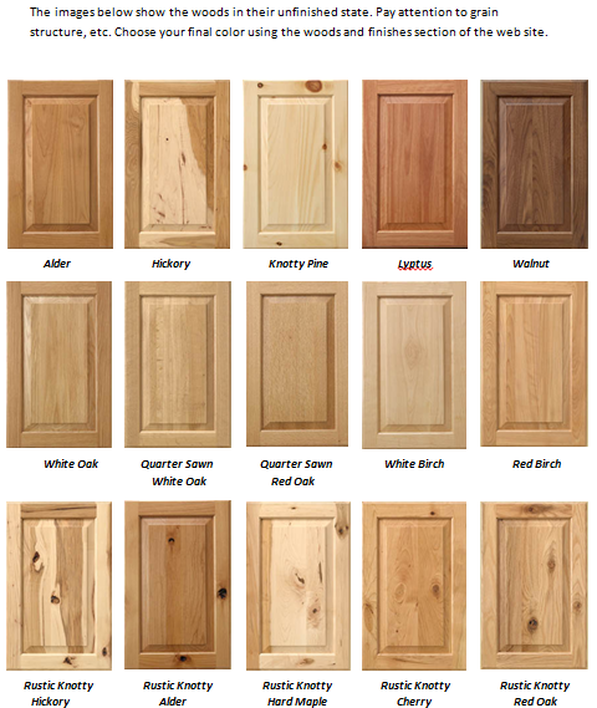
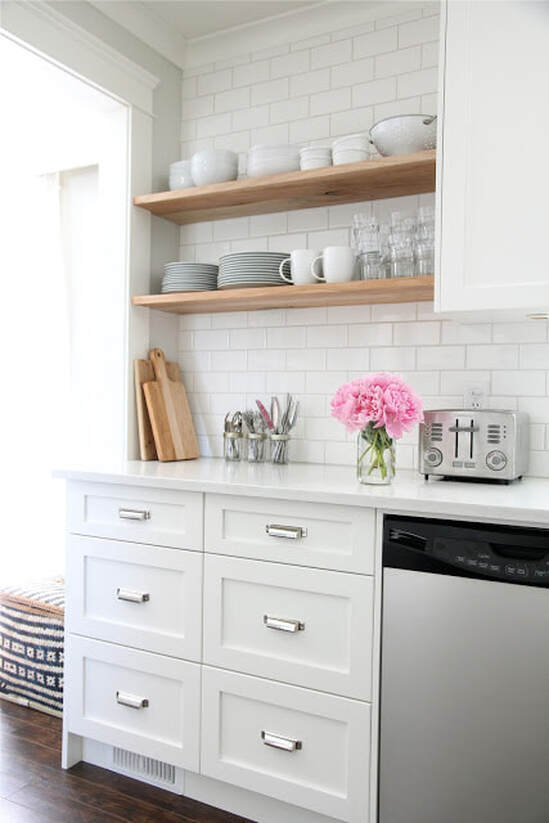
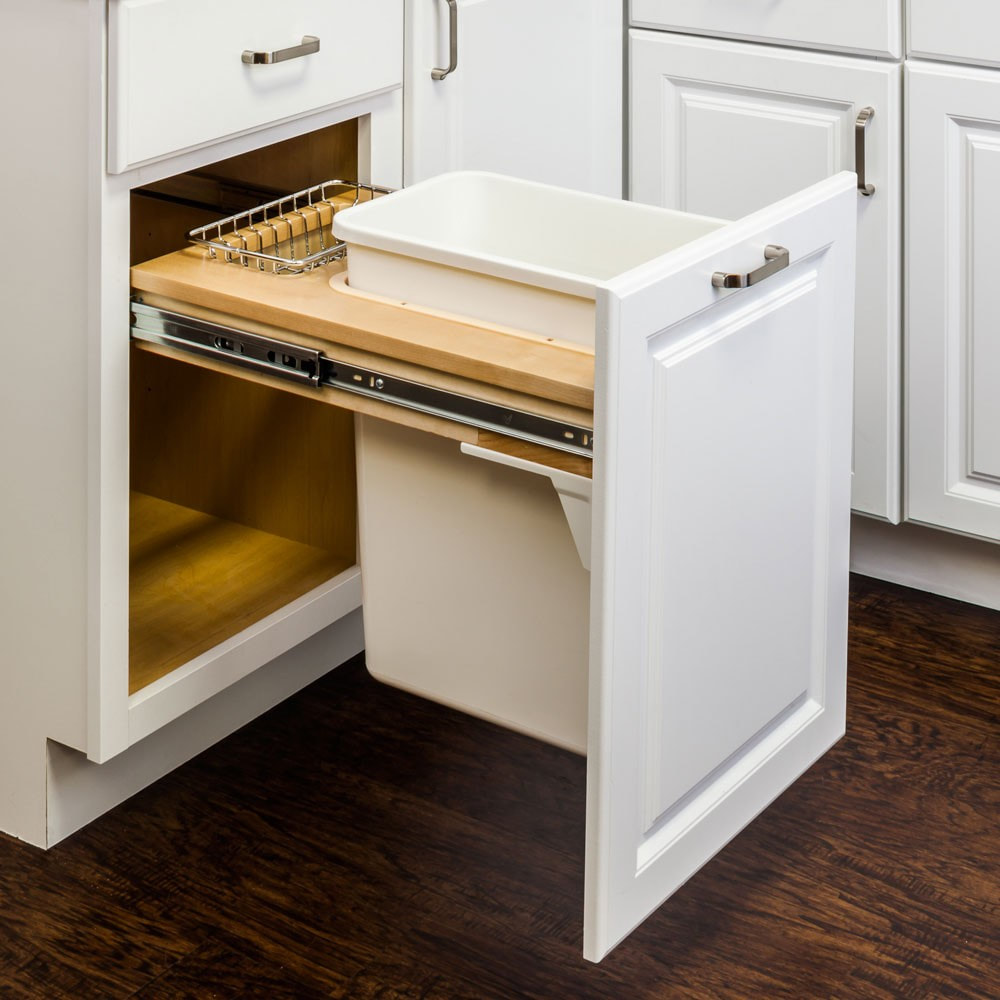
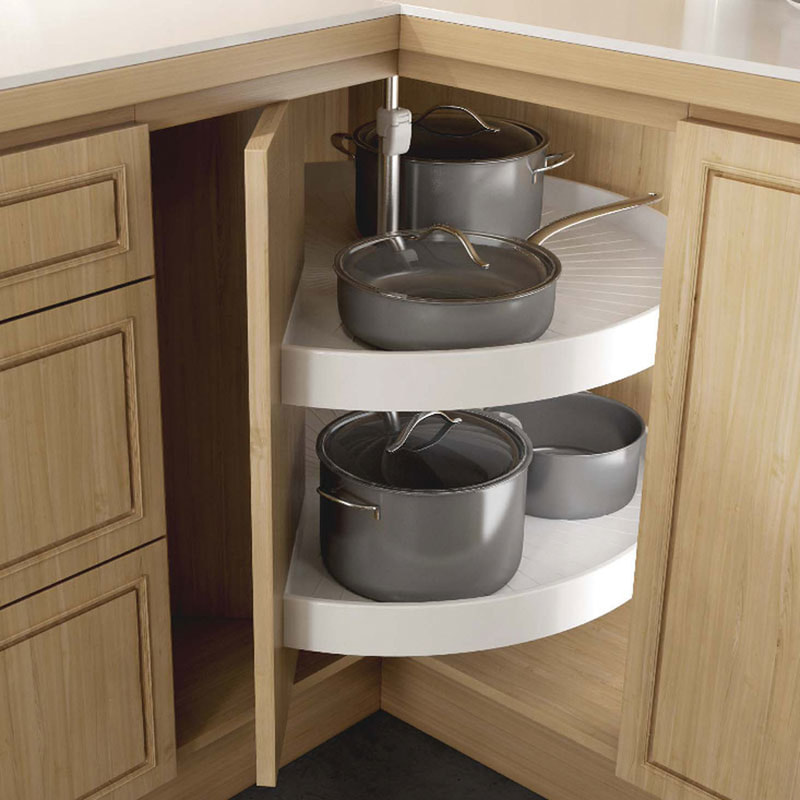
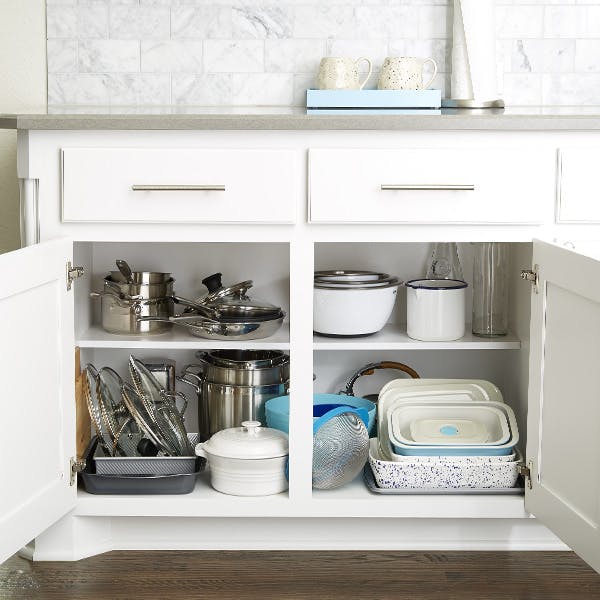
 RSS Feed
RSS Feed